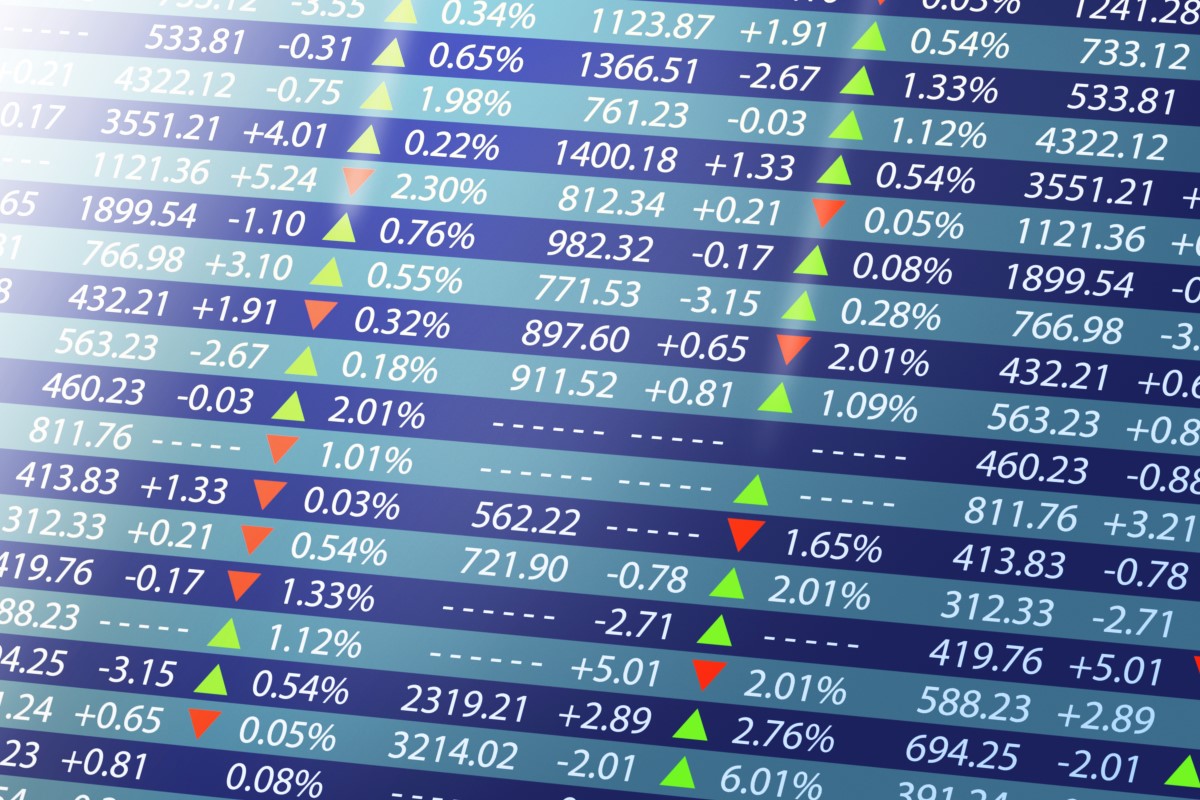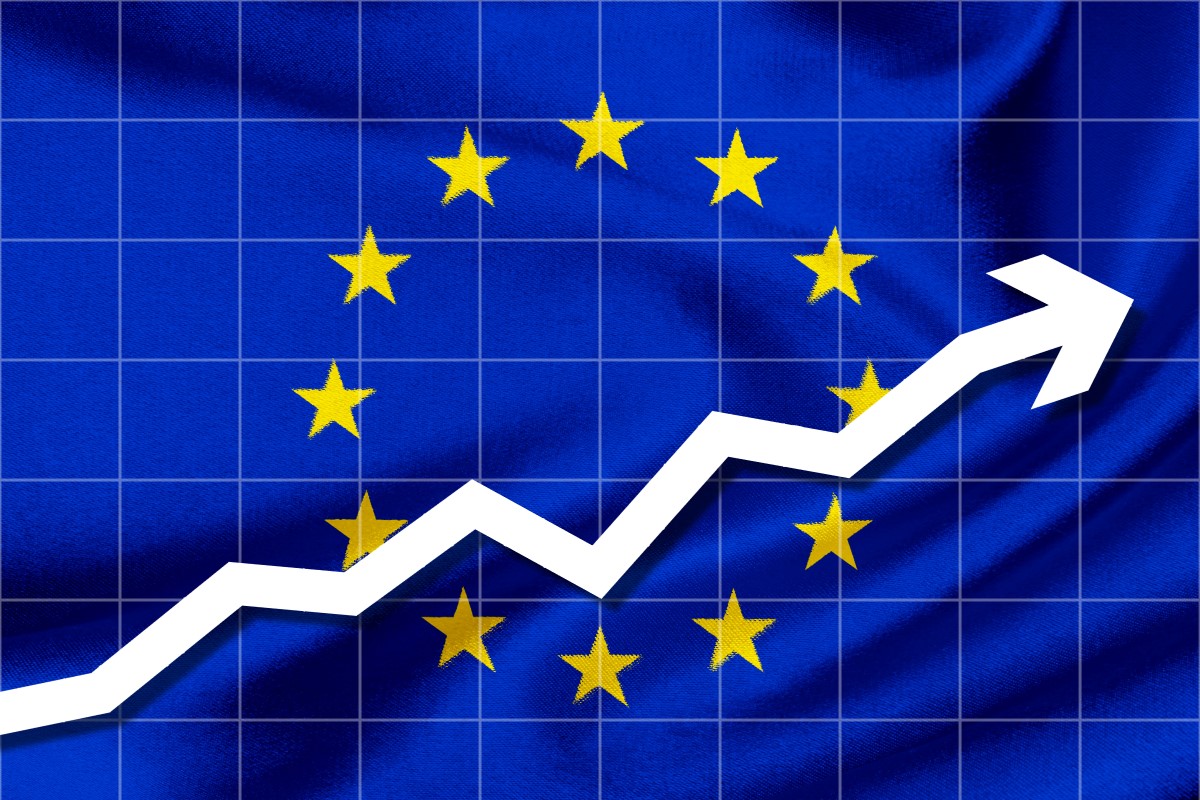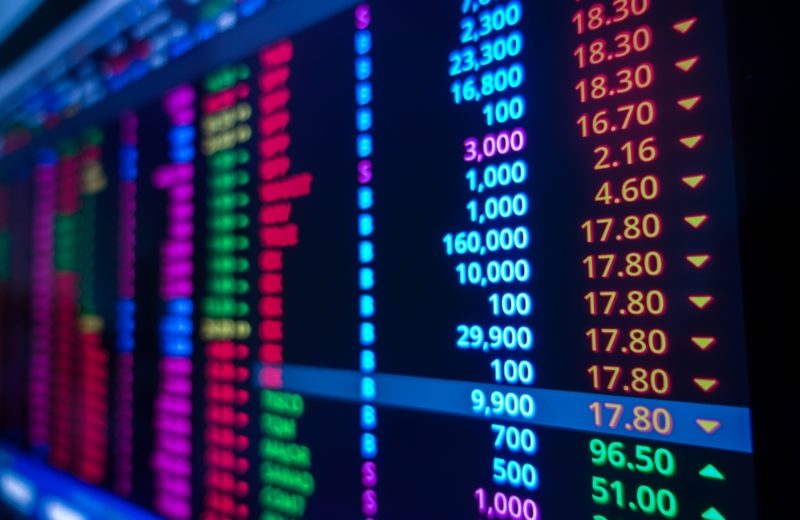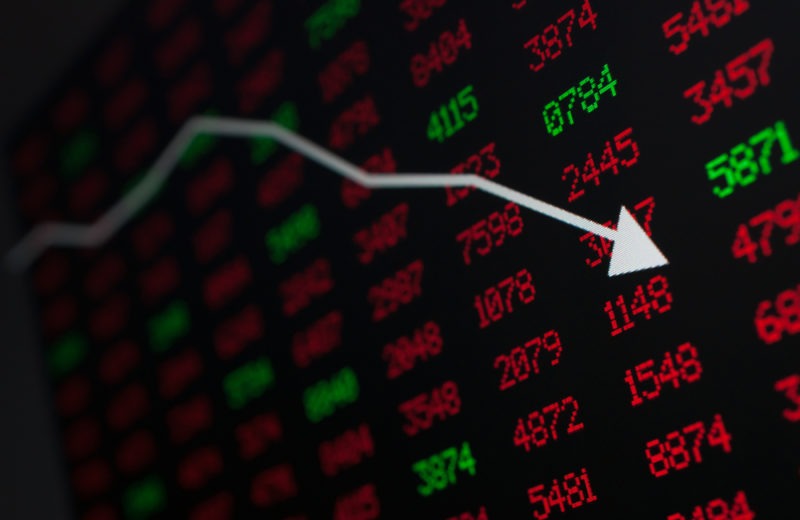ADP, the payroll company, reported that private payrolls for June rose by 497,000, surpassing economists’ expectations of a 228,000 increase and May’s figure of 267,000. The Labor Department also revealed that initial claims for state unemployment benefits increased by 12,000 to 248,000 for the week ending July 1. However, the previous week’s numbers were revised to reflect 3,000 fewer applications than initially reported. These developments have implications for the investment bonds market, as investors assess the labor market’s performance and its impact on the overall economy.
Recession Worries Intensify as Global Stocks Witness Largest Drop Since April
The unexpectedly robust jobs data has ignited concerns about potential rate hikes. Investors fear that rising borrowing costs worldwide may further exacerbate worries of an economic downturn. Additionally, Federal Reserve Bank of Dallas President Lorie Logan’s remarks on Thursday, emphasizing the need for a more restrictive monetary policy in response to above-target inflation and a stronger-than-expected labour market, added to the growing apprehension.
U.S. Treasury yields experienced an upward trajectory after the labour market data was released, boosting expectations for aggressive rate hikes by the Federal Reserve in its efforts to curb persistently high inflation. While the U.S. dollar recovered some losses against major currencies following the report, stock indexes across the board were in negative territory.
Market Uncertainty and Economic Strength Drive Decline in Stock Market
The current market climate is marked by uncertainty regarding the strength of the economy and the potential actions the Federal Reserve may take to address inflationary pressures. James Ragan, director of wealth management research at D.A. Davidson, highlighted the prevailing doubts and their impact on investor sentiment.
While ADP’s private payroll data does not always align perfectly with the government’s monthly jobs data, its significant outperformance has raised concerns that Friday’s official report may also surprise to the upside. This anticipation has contributed to the downward pressure on stock markets.
Indices Experience Significant Declines, Reflecting Market Worries
The Dow Jones Industrial Average declined by 366.38 points, or 1.07%, to close at 33,922.26. The S&P 500 lost 35.23 points, or 0.79%, ending at 4,411.59, while the Nasdaq Composite dropped 112.61 points, or 0.82%, settling at 13,679.04.
The S&P 500 registered its most substantial daily percentage drop since May 23, and the Dow recorded its largest single-day fall since May 2. MSCI’s all-country world price index experienced a decline of 1.25%, marking its most significant one-day percentage drop since April 25. Although the index initially fell by as much as 1.7%, it managed to pare back some losses.
Uncertainty Looms as Fixed Bonds to Economic Concerns and Fed Policy
The combination of concerns about the overall economy and the Federal Reserve’s determination to tighten monetary policy has created an atmosphere of uncertainty in the market. Alex Coffey, senior trading strategist at TD Ameritrade, highlighted the market’s unease and its implications for future economic developments.
In the money market now anticipate a 92.4% chance of a quarter-point rate hike at the Federal Reserve’s meeting on July 26. Moreover, they are increasingly betting on a 25.9% chance of another hike in September, up from 18.1% on the previous day, according to CME Group’s FedWatch tool.
Notably, futures indicate minimal expectations for rate cuts until June 2024, in contrast to recent bets on multiple rate cuts later in 2023. Investment bonds play a significant role in shaping these market expectations.
Treasury Yields Rise, Impacted by Economic Data and Investor Sentiment
In the Treasury market, the income bonds on the 2-year Treasury note rose above 5% for the first time since early March. It reached its highest level since June 2007. The benchmark 10-year notes experienced an 8.8 basis point increase to 4.033%, compared to Wednesday’s closing yield of 3.945%. Similarly, the 30-year bond’s yield rose by 5.3 basis points to 3.9969%, while the 1-year fixed rate bonds increased by 4 basis points to 4.9912% after briefly peaking at 5.12%.
Currency and Energy Markets Respond to Market Dynamics
In currency markets, the U.S. dollar index fell by 0.203%, with the euro gaining 0.32% in investment bonds, reaching $1.0886. The Japanese yen strengthened by 0.38% against the greenback, trading at 144.11 per dollar, while sterling recorded a 0.26% increase, with the day’s trading closing at $1.2737.
Oil prices remained relatively stable as the market absorbed the increased likelihood of a U.S. interest rate hike, which could potentially dampen energy demand. U.S. crude settled up by 1 cent at $71.80 per barrel, while Brent crude finished at $76.52, down 0.17% or 13 cents.
















